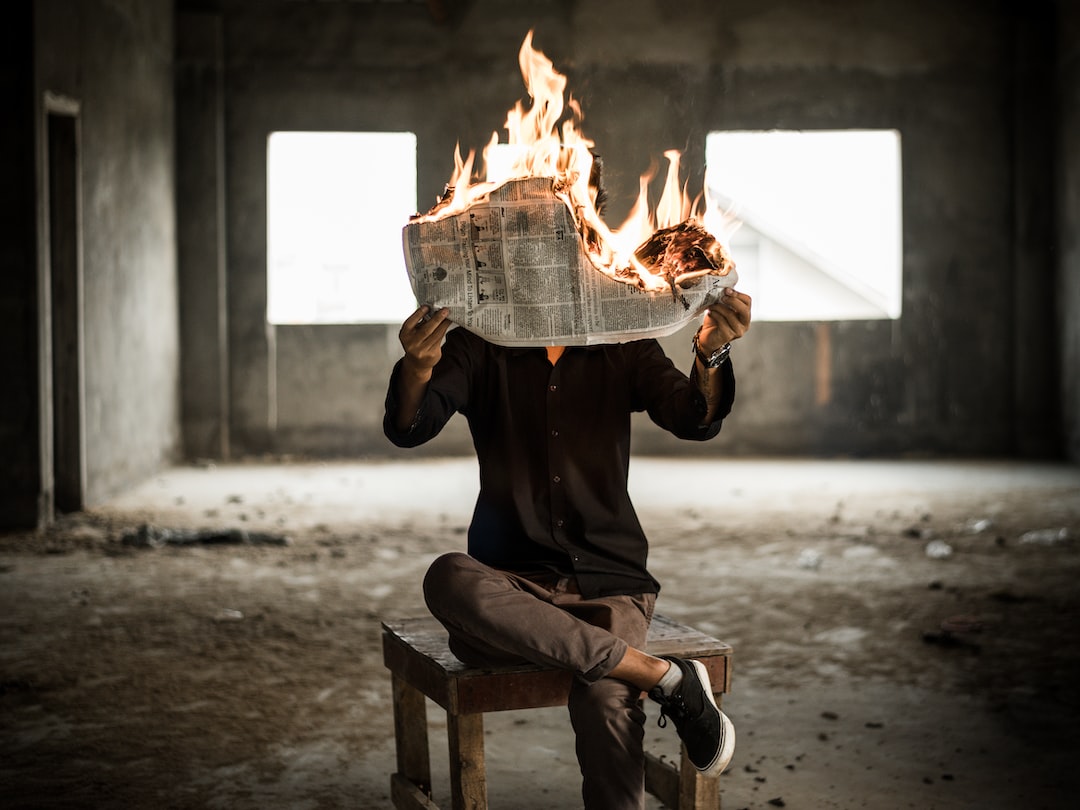Controversial Art Exhibit Sparks Debate on Freedom of Expression
Art has long been a powerful tool for expressing ideas, challenging society’s norms, and igniting conversations. However, when art pushes boundaries or tackles controversial subjects, it often becomes a catalyst for heated debates on freedom of expression. One recent art exhibit that has brought this topic back into the spotlight is the “Unapologetic Voices” exhibition, which has stirred controversy and sparked a passionate dialogue among art enthusiasts, critics, and the general public.
The aim of the “Unapologetic Voices” exhibition was to give artists a platform to express their thoughts and emotions on various social and political issues that they believe have been silenced or ignored. The exhibit featured a wide array of mediums, including paintings, sculptures, installations, and performance art. The artists sought to provoke thoughtful reflection, challenge preconceived notions, and shed light on topics often considered taboo.
However, not everyone was receptive to the exhibit’s message. Critics argue that some of the artworks exhibited were in poor taste, offensive, or even dangerous. They argue that too often, freedom of expression is used as an excuse to create shock value without any meaningful content. Additionally, the controversial aspects of the exhibit, such as explicit nudity or explicit political statements, were seen as an unnecessary provocation rather than a thought-provoking commentary.
One particularly contentious piece was a painting by a renowned artist that depicted a graphic portrayal of violence against women. While some defended the artwork as a powerful representation of the harsh reality faced by women in certain societies, others criticized it as exploiting pain for the sake of shock value. The debate around this piece highlighted the delicate balance between freedom of expression and the ethical responsibility of artists to tackle sensitive subjects with care and respect for potential victims of trauma.
The exhibit also raised questions about the role of art in public spaces. Museums and galleries are often seen as safe havens for creative expression, but when controversial pieces are put on display, it challenges the boundaries of what is deemed acceptable in a public forum. Should art be censored to protect certain sensitivities, or should it be celebrated for its ability to push boundaries and stimulate dialogue?
Supporters of the exhibit argue that art should not be censored, as it is meant to provoke thought and generate discussion. They contend that censoring art limits creative expression and stifles dialogue on important social and political issues. They also argue that viewers have the freedom to choose whether or not they engage with controversial art, and if it offends them, they can simply choose not to view it.
Those who oppose the exhibit, however, argue that there should be limits on what is considered permissible in public spaces. They contend that certain artworks can perpetuate harmful stereotypes, incite violence, or infringe upon the rights and dignity of individuals or groups. They believe that curators and institutions should exercise greater responsibility in ensuring that the public display of art does not cause harm or offend sensitivities.
Ultimately, the debate surrounding this controversial exhibit goes beyond individual artworks or artists. It touches upon fundamental questions about the role of art in society, the extent of freedom of expression, and the responsibility that artists and institutions have to the public. It forces us to confront our own biases, challenge societal norms, and reconsider our understanding of what is acceptable and where to draw the line.
In conclusion, the “Unapologetic Voices” art exhibit has ignited a passionate debate on freedom of expression. While some argue that art should be free from censorship and allowed to push boundaries, others believe that certain limits should be in place to protect individuals and communities. This controversy highlights the delicate balance between artistic expression and responsibility, and it reminds us of the power that art holds to provoke, challenge, and inspire meaningful conversations about the world we live in.


